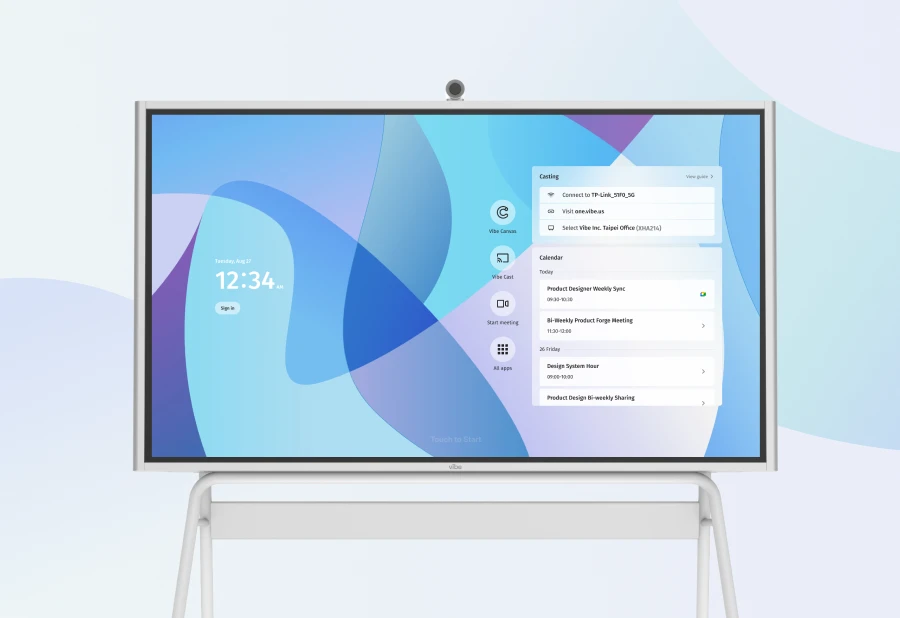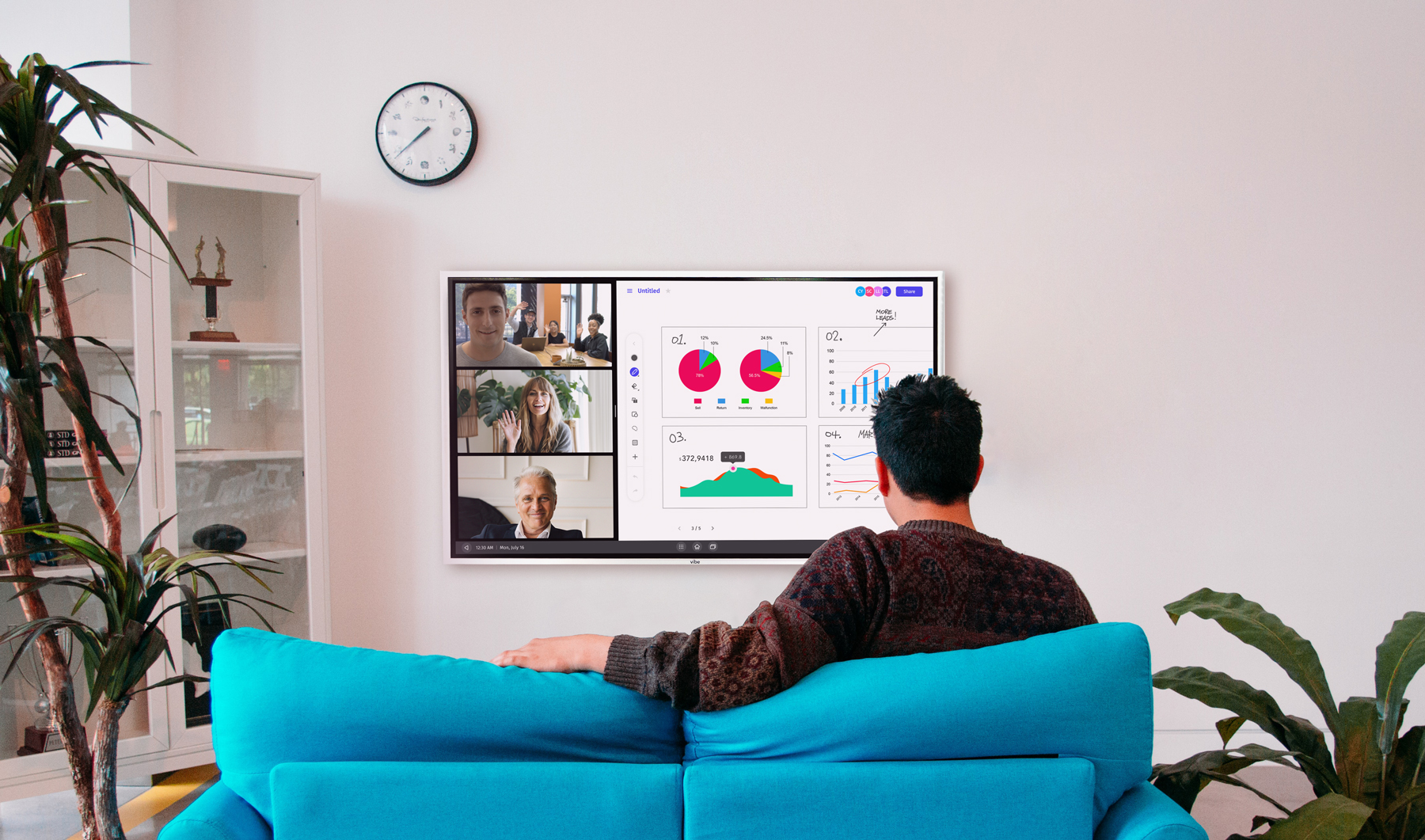As Zavvy has pointed out, that the remote onboarding trend isn’t just growing, it’s evolving, and that failure to properly onboard new employees virtually can lead to higher turnover rates, lower engagement, and decreased productivity.
For employers conducting remote onboarding for the first time, the challenge of providing an excellent onboarding experience may seem daunting, however, the good news is, designing and implementing a remote onboarding plan does not have to be as difficult as you might think it is. Here are the steps you can take to create the most effective virtual onboarding process.
How remote onboarding differs from business orientation
There’s a pretty significant difference between the two: onboarding consists of a series of events that happen over time, and it’s typically tailored for a specific role. Business orientation, on the other hand, is a one-time event that brings a group of new employees up-to-speed on the company’s vision, culture, and mission.
How long should remote onboarding last?
The remote onboarding period can take from weeks to months, depending on how complex the new employee’s role at the company is. Some organizations prefer to fast-track onboarding and get their new hires fully trained in a matter of weeks. Others extend the onboarding process for many months to help improve retention rates and make the new employees feel like they’re part of the team.
Get feedback from your current workers to help you determine the best way to start. You can continue to refine the plan as you hire more remote employees.
Your step-by-step remote onboarding plan
Let's be honest: many of us would prefer to meet as many new hires as possible face-to-face. Remote onboarding might not be your first choice for your business, but many organizations are finding that virtual onboarding can still be extremely effective.
Here’s how you can create a remote onboarding plan that works best for employers, employees, and new hires alike.
1. Pre-onboarding
Evaluate your current onboarding plan: You can reference your current onboarding plan when creating a new remote one. There’s no reason to toss it aside and start from scratch. Use the core components from that plan to create your new one. Focus on objectives like objection handling, product training, and industry overviews.
Develop a two-week plan: Remote onboarding takes longer than traditional onboarding because new hires aren't in the office learning the ropes from current employees. Creating a plan for the first two weeks can help reduce your new hire’s stress. Providing a solid outline helps them know what to expect and allows them to prepare and ask questions.
Identify tools needed: Once you have your two-week remote onboarding plan in place, it’s important to identify which tools you’ll need to make the remote onboarding process go smoothly and with ease. You should consider:
- Video conferencing software is the most important one on this list. With this software, you can conduct remote interviews and connect face-to-face with your new hires both during training sessions and when introducing them to their new coworkers.
- Document sharing software provides your new hires with the information they’ll need before they start working with you. Cloud storage services are a great way to host your onboarding documents.
- Employee engagement surveys let you easily collect feedback about the onboarding process. Use these surveys to review how new hires and current employees feel about remote working processes.
- Project management software helps your HR team track the progress of your remote onboarding program. It also provides an overview of where new hires are struggling the most so that you can improve the process.
- Learning and culture management software helps automate training and foster company culture initiatives.
Schedule time to orient and introduce new hires: Set up meetings and agendas in advance to reduce your new hire’s anxiety and ensure they get introduced to the people and projects that will be part of their responsibilities. You can also hold more informal chat sessions to introduce your new hires and their managers and coworkers.
2. Orientation
Onboard new hires in groups: Onboarding in a group can help minimize redundancies when training and onboarding your new hires. It’s also great for creating a sense of community and teamwork amongst them. Group environments can help make your new hires feel comfortable in their new position.
Introduce company culture: Introducing your company culture to a new hire is one of the biggest obstacles of remote onboarding. The primary goal is to prepare them for success in their new role, but you also want them to feel like part of the team. Video conferencing is an excellent way to help your new hires connect with their peers.
Related: Create Effective Onboarding Practices for Your Remote Team
3. First assignments
Create a communication plan: Since onboarding is all about helping new team members ease into their roles, communication is crucial. Give new hires some peace of mind by introducing them to a communication plan for their onboarding. Include key tasks they need to complete, such as paperwork and documentation.
Assign a small cross-team collaboration project: During your new hire’s first few weeks with the company, give them small projects that require them to collaborate with other teams within your organization. This will help introduce them to their new team members and how they work. It also gives you a chance to see how they interact in a group project setting.
4. Support
Provide resources and empower managers: Your managers are the people who will see the onboarding process through once you have a plan in place. That's why it's important that they have resources to make your new hires feel comfortable and give them the best chance at success. Empower your managers to personalize the onboarding process to your new hire’s individuality.
Ask for feedback: Since it’s a new process, asking your new hires for feedback about your remote onboarding plan is the best way to improve it. Allow them to fill out surveys anonymously and focus on impactful questions rather than likes and dislikes and simple yes or no questions.
Related: Top 25 Tools and Apps for Better Remote Collaboration
Effective remote onboarding helps leaders and new hires
Writing a new remote onboarding plan presents an opportunity to evaluate and improve on your overall onboarding process. Even if you don’t plan on utilizing remote onboarding forever, the practices you implement now can enhance your in-person onboarding in the future. Good luck!
Vibe offers a collaborative solution combining an interactive digital whiteboard and innovative smart software. Increase engagement and efficiency at your brainstorming sessions, virtual training, and classroom sessions by integrating your favorite applications with video conferencing and an infinite, mess-free writing canvas. Collaborate today with Vibe.
Looking for the latest in interactive whiteboard technology? Check out Vibe today!








-1sbltxxq4FYxHrXrwJVLsCDNsXpqNa.webp)
-5Zp0pmSytvcuYDVs1LvuwplKuRneK0.webp)
